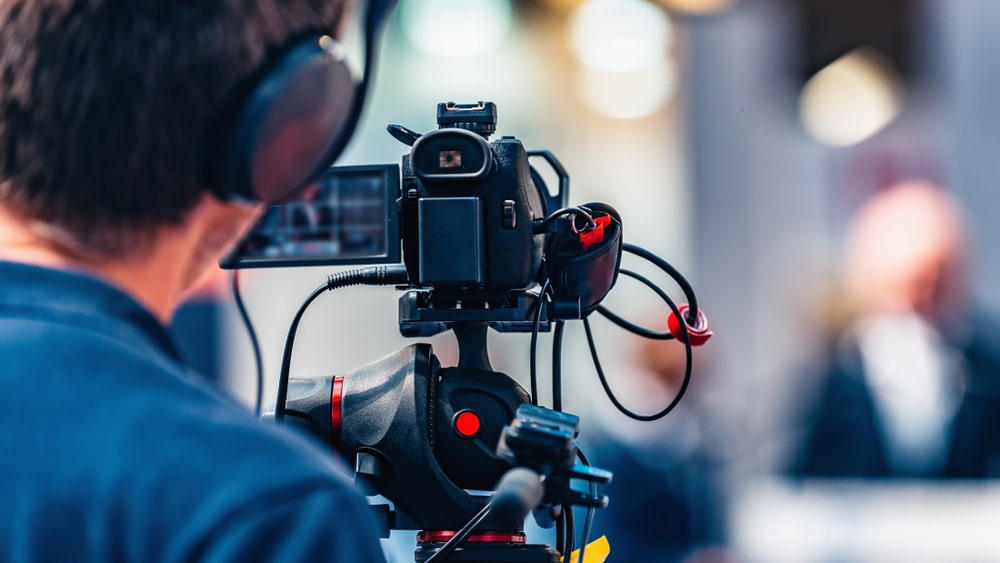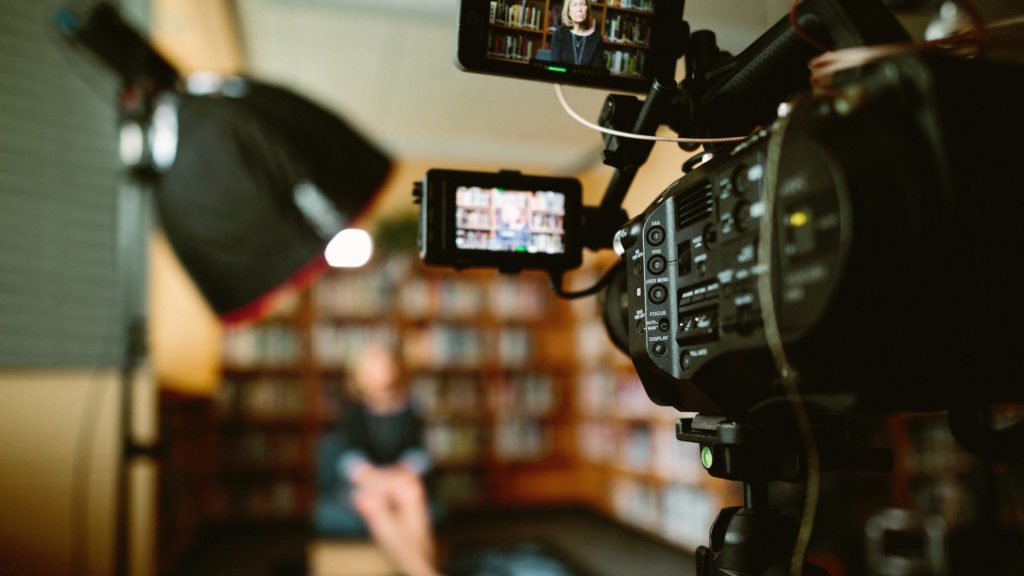The Function of Legal Videography in Depositions and Tests
Lawful videography has become an essential device in both depositions and tests, offering a multifaceted strategy to recording witness statements. By capturing not just the spoken word but additionally the subtleties of non-verbal communication, this tool improves the trustworthiness of testimonies and maintains important evidence for future process (legal videography). As legal professionals significantly acknowledge its worth, it triggers a deeper assessment of how these aesthetic records can affect juror understandings and test results. What implications might these growths hold for the future of legal technique?

Importance of Legal Videography
Lawful videography plays an essential function in the paperwork and discussion of depositions and tests. This specialized area incorporates technological skills with legal understanding to create a trusted record of process that can considerably influence situation outcomes. The aesthetic facet of lawful videography enhances the understanding of witness testimony, enabling jurors and courts to observe not just the spoken words but likewise the temperament, emotions, and body language of the witnesses.
Furthermore, lawful videography gives an unbiased account of occasions, lessening the capacity for misconception that can accompany composed transcripts alone. This visual documents works as a critical device during trial presentations, promoting a more clear and even more convincing narrative for both complainants and offenders. Moreover, the capability to replay video sectors throughout court procedures enables lawful groups to emphasize key factors, strengthening their arguments effectively.
The importance of lawful videography extends past the court; it also plays a crucial role in maintaining evidence for future referral, whether for charms or further legal activity. Its integration right into the lawful process is crucial for guaranteeing a reasonable and precise representation of the realities, ultimately contributing to the search of justice.

Process of Legal Videography
While capturing the nuances of depositions and tests, the procedure of lawful videography involves a number of important actions that ensure top notch, exact recordings. Initially, a professional lawful videographer prepares by assessing the instance products and understanding the particular demands of the deposition or test. This preparation includes familiarizing themselves with the participants and the context, which helps in catching essential information.
On the day of the recording, the videographer establishes up the needed tools, which commonly consists of high-def electronic cameras, microphones, and correct lights. Making certain optimum angles and audio high quality is important, as it directly impacts the effectiveness of the recording. The videographer communicates with lawyers and individuals to develop procedures, guaranteeing that everyone recognizes the recording procedure.
Throughout the deposition or test, the videographer thoroughly tape-records the proceedings, paying close attention to both spoken and non-verbal signs. This includes capturing the demeanor and responses of witnesses and lawyers. After the session concludes, the videographer might modify the video footage for clarity and conformity with legal standards, generating a last product that properly shows the proceedings for future referral and use in legal contexts.
Advantages in Depositions
The consolidation of videography in depositions offers countless advantages that boost the general process of collecting evidence. One key benefit is the capacity to catch witness testimonies with aesthetic and auditory integrity, providing an extra accurate depiction of the witness's behavior, tone, and body movement. This multidimensional technique allows attorneys and courts to examine reliability better than traditional written transcripts alone.
Additionally, videographed depositions work as an effective tool for maintaining testimony. Must a witness come to be not available for the original source test, their recorded deposition can be played in court, making sure that their proof remains easily accessible and relevant. This element dramatically decreases the danger of shedding important details that could influence instance end results.

Lastly, videography enhances the total professionalism of the deposition process, instilling confidence in customers pertaining to the thoroughness of their lawful depiction (legal videography). By leveraging innovation, legal experts can considerably enhance the effectiveness of depositions
Impact on Trials
In several tests, the combination of videography can considerably influence the great post to read discussion of proof and the jury's perception. Lawful videography catches witness testimonies and crucial proof in a vibrant format, permitting jurors to engage with the material on several levels. This aesthetic element boosts the narration aspect of a test, offering context and psychological vibration that conventional text-based proof might lack.
Moreover, video clip recordings can act as effective tools for impeachment during interrogation. When inconsistencies arise in between a witness's prior statements and their court testimony, video clip evidence gives an objective reference that can persuade jurors' opinions. This immediacy and quality can reinforce the reliability of an event's narrative while all at once weakening opposing debates.

Future Trends in Legal Videography
As we look towards the future of lawful videography, numerous arising patterns assure to improve its function within the court. One substantial pattern is the combination of man-made intelligence (AI) in video analysis and editing. AI can streamline the procedure of recognizing vital minutes in taped depositions, enabling attorneys to swiftly access appropriate content, thus enhancing efficiency in situation prep work.
Furthermore, the surge of virtual reality (VIRTUAL REALITY) and increased truth (AR) technologies is anticipated to change exactly how jurors experience evidence. legal videography. By submersing jurors in a simulated environment, these modern technologies can supply a much more profound understanding of intricate situations, leading to even more informed considerations
In addition, the raising need for remote depositions, accelerated by the COVID-19 pandemic, will likely proceed. Legal videographers will require to adapt to brand-new software application and systems to make sure premium recordings in virtual setups.
Lastly, the expanding emphasis on information safety and security will certainly require more stringent procedures for saving and sharing video proof. As the legal landscape advances, legal videographers need to stay abreast of these patterns to maintain their significance and effectiveness in the judicial process.
Verdict
In summary, lawful videography serves a vital function in the judicial process, find boosting the integrity of depositions and tests. By recording the nuances of witness testaments, this medium not only maintains important proof yet likewise help in offering information successfully to jurors. The importance of visual paperwork in evaluating trustworthiness and promoting cross-examination can not be overstated. As innovation remains to evolve, legal videography is positioned to more change its role within the legal landscape.